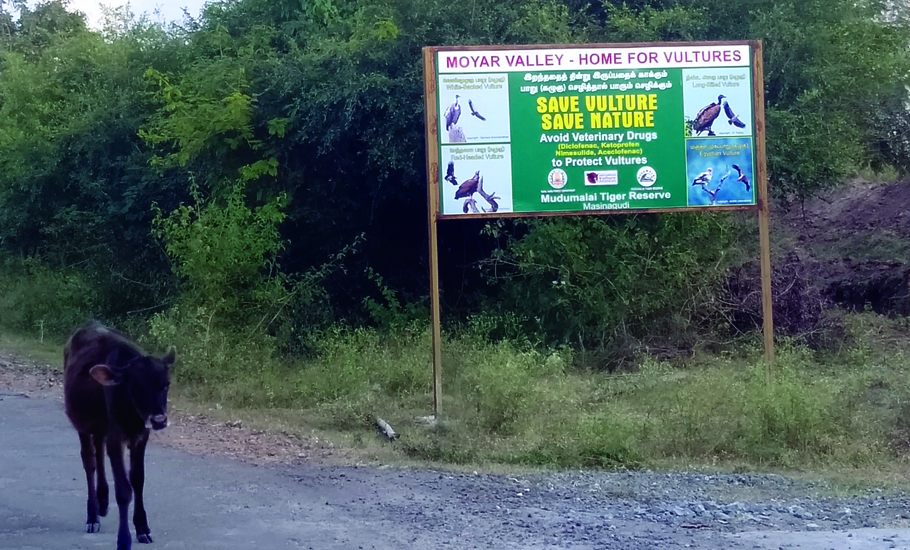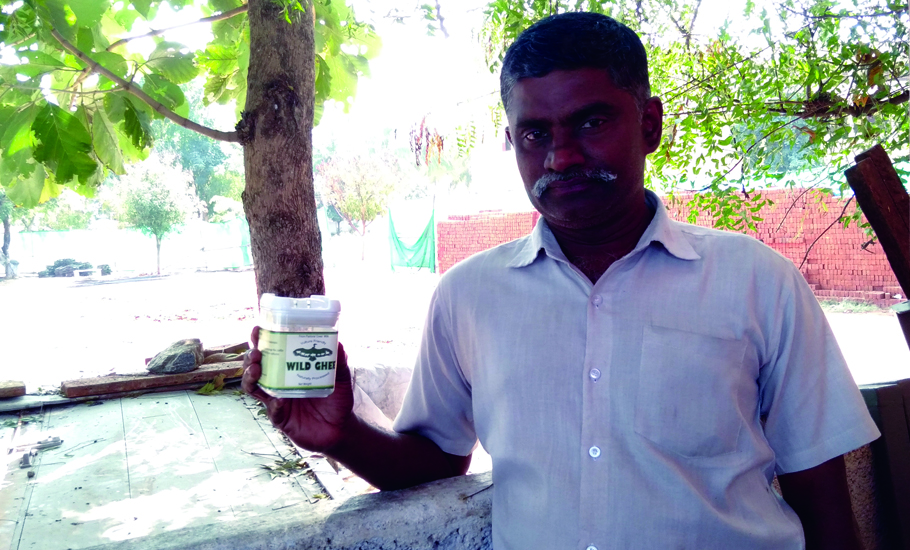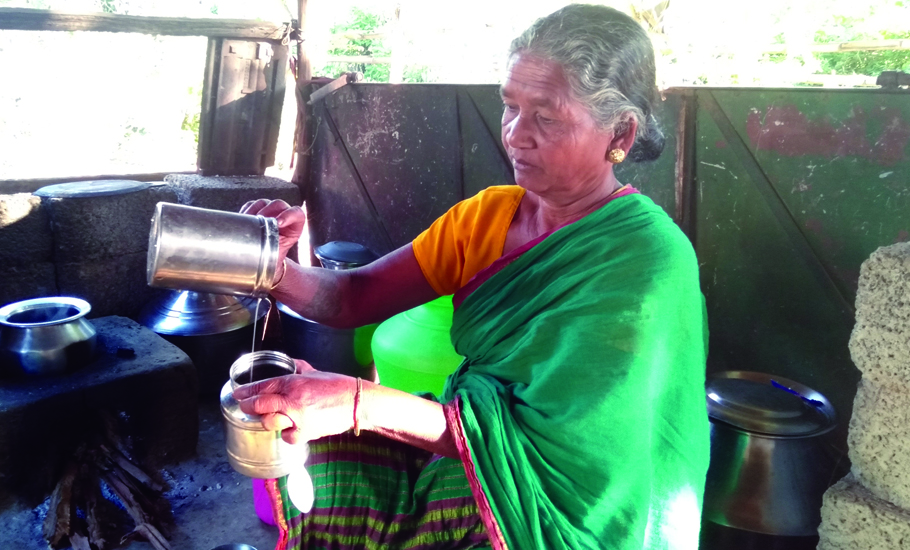
- Home
- India
- World
- Premium
- THE FEDERAL SPECIAL
- Analysis
- States
- Perspective
- Videos
- Sports
- Education
- Entertainment
- Elections
- Features
- Health
- Business
- Series
- In memoriam: Sheikh Mujibur Rahman
- Bishnoi's Men
- NEET TANGLE
- Economy Series
- Earth Day
- Kashmir’s Frozen Turbulence
- India@75
- The legend of Ramjanmabhoomi
- Liberalisation@30
- How to tame a dragon
- Celebrating biodiversity
- Farm Matters
- 50 days of solitude
- Bringing Migrants Home
- Budget 2020
- Jharkhand Votes
- The Federal Investigates
- The Federal Impact
- Vanishing Sand
- Gandhi @ 150
- Andhra Today
- Field report
- Operation Gulmarg
- Pandemic @1 Mn in India
- The Federal Year-End
- The Zero Year
- Science
- Brand studio
- Newsletter
- Elections 2024
- Events
- Home
- IndiaIndia
- World
- Analysis
- StatesStates
- PerspectivePerspective
- VideosVideos
- Sports
- Education
- Entertainment
- ElectionsElections
- Features
- Health
- BusinessBusiness
- Premium
- Loading...
Premium - Events

A money-making venture for cattle farmers is saving vultures from extinction in TN
To save vultures, cattle owners are encouraged not to use Diclofenac or its variants, and sell ghee made from such milk through an NGO called Arulagam.

“Did you know that Chennai’s Chromepet once had more Egyptian Vultures than crows?” asks Subbaiah Bharathidasan, a conservationist. “Those were the days when that part of the city processed leather using vegetable tanning. When the leather industry in the region started using chrome tanning, the place got its name as ‘Chromepet’. That sounded the death knell for...
“Did you know that Chennai’s Chromepet once had more Egyptian Vultures than crows?” asks Subbaiah Bharathidasan, a conservationist.
“Those were the days when that part of the city processed leather using vegetable tanning. When the leather industry in the region started using chrome tanning, the place got its name as ‘Chromepet’. That sounded the death knell for the vultures in the city,” he says.
Not just Chromepet, which is on the outskirts of Chennai, in Egmore too, he says, a birder had sighted the nesting of Egyptian Vulture at the building of St. Andrew’s Church. “The birder recorded the nesting of the bird at the same place for the next 20 years,” he says.
The older scientific name of the Egyptian Vulture was Neophron ginginianus, suggesting that the bird was largely sighted in Gingee near Tiruvannamalai.
The decline in the numbers is not happening only to the Egyptian vultures but also other species like White-backed vulture, Red-headed vulture and Long-billed vulture.
India is home to nine of the 23 vulture species, and of these, four are largely found in Tamil Nadu. According to one account, the vulture numbers in the ’80s was around 40 million and has now come down to a few thousands.
While Egyptian and White-backed vulture species are categorised as ‘endangered’ species by the International Union for Conservation of Nature (IUCN), the Red-headed and Long-billed vulture species are categorised as ‘critically endangered’ meaning that their numbers are decreasing drastically. Vultures act as scavengers, eating carcasses and thereby, playing an important role of keeping the ecosystem clean and healthy and preventing the spread of disease.
In order to conserve the vultures, Bombay Natural History Society (BNHS), along with Haryana government came up with a project called ‘Vulture Conservation and Breeding Centres’ (VCBC). Currently there are nine VCBCs across India and through in-situ conservation there are around 700 vultures being protected in these centres. After the Bharatiya Janata Party came to power at the Centre, it rechristened the centres as Jatayu Conservation and Breeding Centres (JCBC).
Bharatidasan says the population of Egyptian Vulture in Tamil Nadu is less than 10 now, and attributes the reduction to urbanisation and deforestation.
The former environment journalist’s efforts to conserve vultures are focussed in villages along the Western Ghats, especially in the Moyar valley of Mysore-Nilgiris corridor, as a result of which he founded Arulagam, a non-profit organisation with his friends in Coimbatore, at the foothills of the Ghats, in 2002.
Killer drug
Here, he discovered that vultures were affected by feeding on carcasses of animals that had been given a drug called Diclofenac, a painkiller for joint pains, even resulting in death. This is especially true for cattle, whose owners or veterinarians, administered Diclofenac.
In hilly areas of The Nilgiris, cattle are prone to falling on the rocks or attack by predators like tigers and leopards due to which they develop injuries and pain.
Also read | Jallikattu: Inside the mind of a bull-tamer
Diclofenac and its variants are administered as painkillers and even to treat udder swelling disease but does not effectively cure the problem.
In 2006, the Centre banned Diclofenac for cattle. However, its variants such as Nimesulide, Aceclofenac, Flunixin and Ketoprofen filled that vacuum, says Bharathidasan.
These drugs have a half-life of 21 days, that is, after 21 days, the concentration of the drug in the animal body will be half of the starting dose.
“If a cow or buffalo has developed inflammation, which cannot be seen by humans, then there are possibilities that the cattle can die. If death occurs within 21 days, that becomes a problem for vultures,” Bharatidasan says.

“Tribal people in these regions do not have the means to bury or cremate the carcasses. So they just leave them in the forests. When vultures feed on these carcasses, the chemicals in the drugs started to sediment in their kidneys and within a couple of days after feeding, they die,” he explains.
For this reason, he also says that if a cattle has been injected with Diclofenac or its variants, its milk should not be consumed for 21 days.
Apart from consuming dead cattle with traces of Diclofenac, vultures also have died due to deliberate poisoning of carcasses by humans. Cattle owners do this to protect their cattle from predators in the forests. They poison the carcasses with substances like Phorate which is made up of chemical substances such as organophosphates.
Many researches have shown that these drugs have caused 95 per cent drop in the count of vulture species of the genus Gyps. Despite knowing this, veterinarians still use these drugs.
Bharatidasan says this is because these drugs give immediate relief. But alternatives like meloxicam, which are more effective, can take some time, he says.

In 2015, the use of multi-vial dose of Diclofenac was brought down from 30 ml to 3 ml and that too only for human use. However, many veterinarians use this human-use prescribed Diclofenac to treat the cattle, he says.
That same year, the Tamil Nadu government decided not to purchase Ketoprofen. In 2019, due to Arulagam’s efforts, the state government has restricted the use of the drug Flunixin, in three districts, The Nilgiris, Coimbatore and Erode.
The restrictions had a positive impact. The numbers of the vultures are increasing year on year.
Ghee from Diclofenac-free milk
This came as a shot in the arm for vulture conservationists. To keep up pace, Arulagam decided to encourage a change in behaviour among poor villagers or cattle owners.
They started procuring ghee made from the milk of cattle that was not administered Diclofenac or variants and sold them under the brand ‘Vulture friendly Wild Ghee’.

“80 per cent of the profit from the sale of the ghee will be given to the cattle owners,” Bharatidasan says.
Arulagam is carrying out this intervention in Anaikatti village in Moyar valley.
“The village is mostly inhabited by Irulas. We do not even suggest to use Meloxicam but are asking the tribals to use their traditional knowledge and come up with their own medicines prepared with the help of herbals,” Bharathidasan adds.
Saraswathi, a resident of Anaikatti, says she always resorted to traditional medicines to treat the wounds of her cattle.
“After Arulagam members created awareness, we also stopped burying or cremating the dead calves. We just leave them in the forest,” she said.
Bharatidasan says they had planned on adding value to the milk produced by such cattle owners, but since these people stayed in remote locations, preservation of milk, butter or curd was estimated to be an expensive affair.
“So we resorted to ghee. Earlier we sold one kilo ghee for Rs.650. The amount will be credited directly into the cattle owners’ bank accounts,” he says.
Since the ghee is produced from the milk of native breeds of cattle and free of Diclofenac and its variants, it is ‘organic’, and hence, well received by people, he adds.
